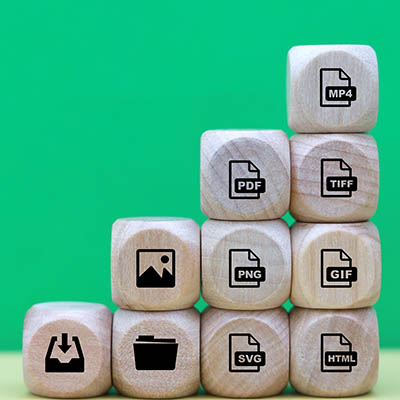The daily grind is characterized by the feeling that you’re busy all day, but not necessarily “productive.” Your technology could influence this feeling and make the daily grind feel like a slog, but with the right approach to IT, you can focus on technology that empowers rather than overwhelms. How do you make this transition? That’s what we’ll discuss today.
Small and mid-sized businesses are expected to do more with less. You need to stay agile, stay connected, and deliver the kind of professional service your customers expect, without the budget of a large enterprise. That’s why how you communicate matters. The right phone system can drive your growth or hold you back.
Do you ever see the little letters after a file and wonder what they stand for? While you might intuitively know from the thumbnail what kind of file you’re looking at, these letters, called file extensions, help to differentiate them from one another. Let’s go over some of the common file types you might encounter during your day-to-day work.
When you think of the dark web, images of shadowy figures and illicit activities might spring to mind. Unfortunately for businesses, the dark web isn’t just a place of intrigue; it’s where your stolen data goes to get shared and sold.
Chances are you use your Internet browser more than any other tool on your computer, so why not make the most of it? Today, we’re focusing on how you can stay organized and productive with your web browser. We’ll cover all you need to know about tabs, including best practices and shortcuts that are sure to see a lot of use.






